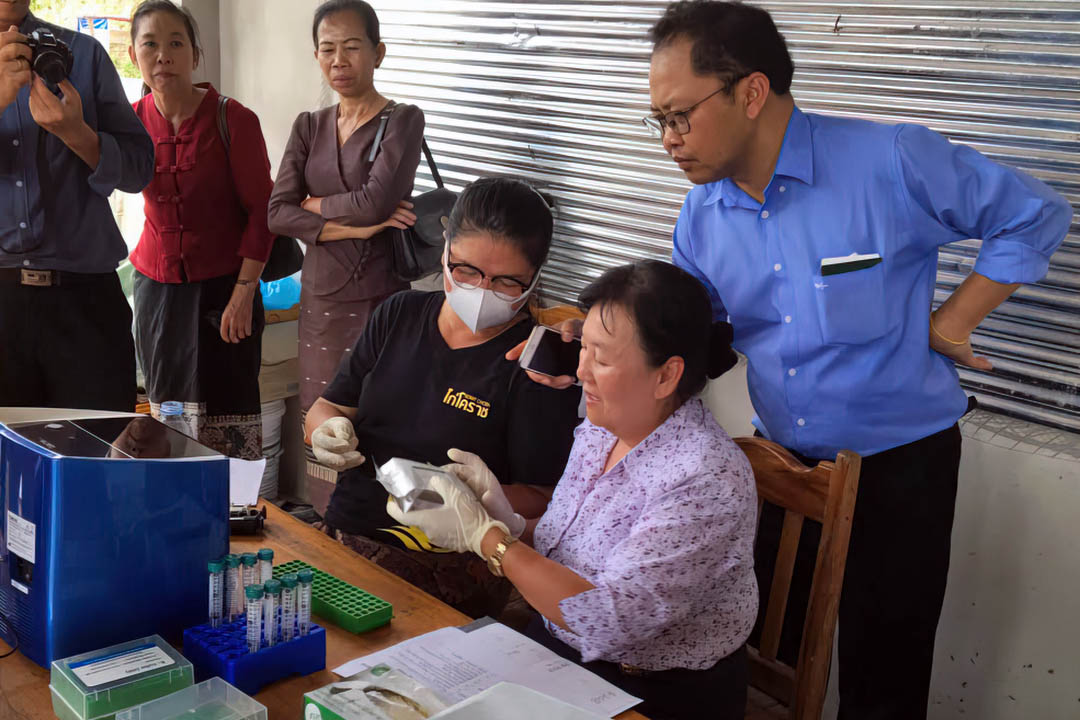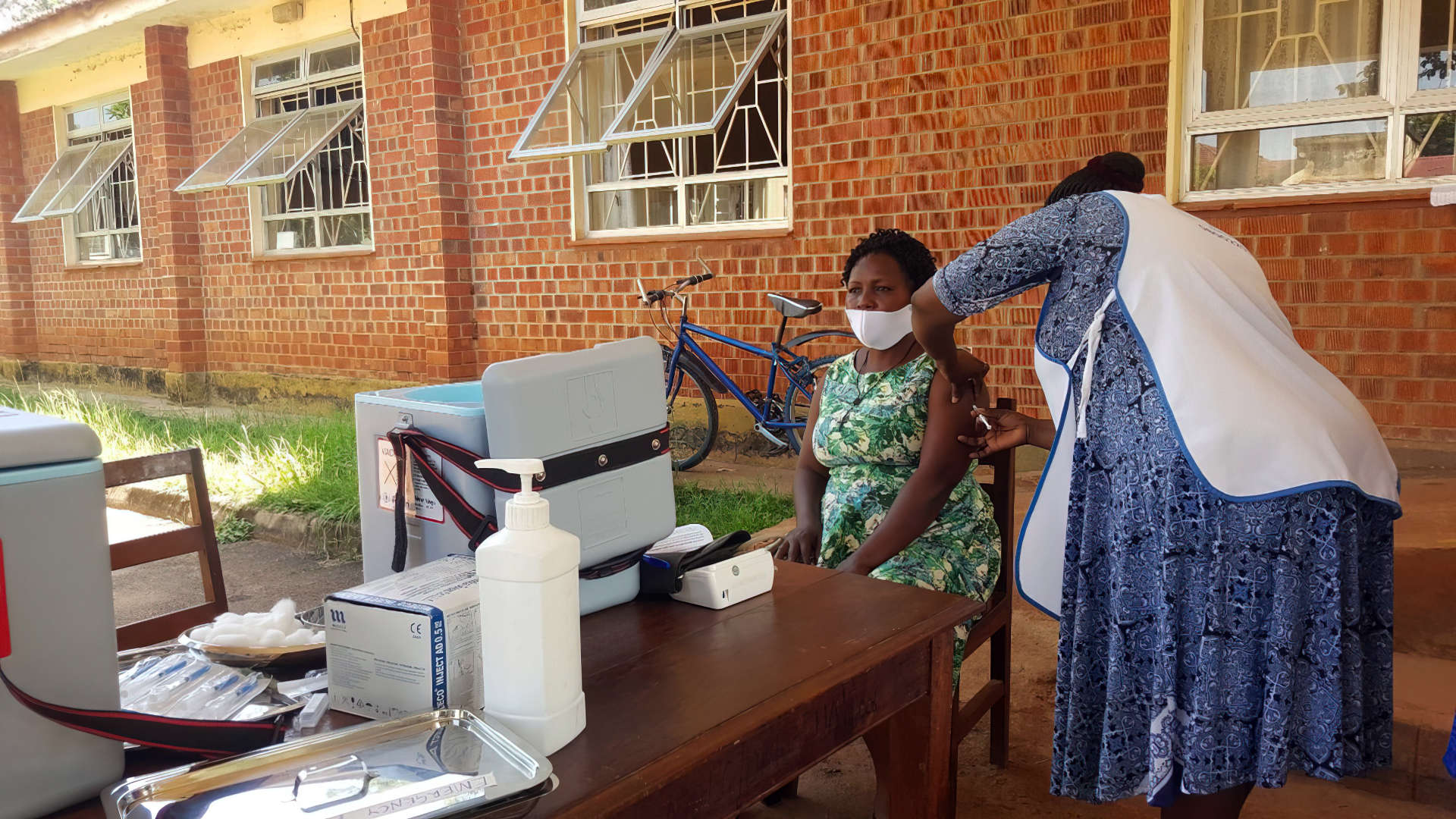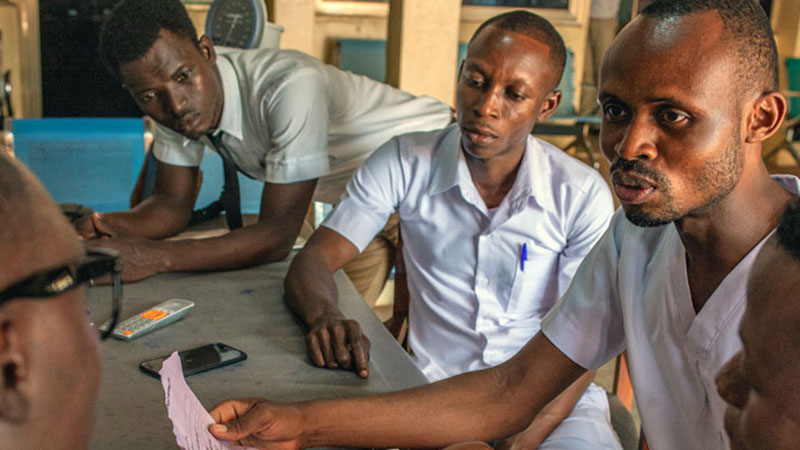The most effective way to combat the next pandemic is to begin planning for it now.
That’s why the Milken Institute – a nonprofit, nonpartisan think tank – gathered global health leaders over the course of the last two years to address a key gap in current global disease surveillance efforts: the lack of a formal, coordinated early warning system to detect viral outbreaks that could lead to pandemics.
The result of this effort is “A Global Early Warning System for Pandemics: A Blueprint for Coordination,” a 27-page report which calls for the mobilization of a coordinated network of multisector and multilateral stakeholders to respond to early signs of disease outbreaks. The report highlights immediate next steps for mobilizing an early warning system.
The report, released on March 30, was written by FasterCures, a center of the Milken Institute. The report’s creation was guided by a 14-member advisory council composed of leaders from academia, finance, nonprofit, philanthropy, drug, and diagnostic development, and the technology sectors.
One of the 14 advisors was Dennis Carroll, URC Senior Advisor for Global Health Security. Before joining URC in 2020, Carroll directed USAID’s Pandemic Influenza and Other Emerging Threats Unit for nearly 15 years.
Esther Krofah, MPP, a co-author of the report and Executive Director of FasterCures, said that we must continue to take advantage of this moment to forge collaborations, support innovation, and mobilize the parts of an early warning system that we know will work.
“We can’t let perfection stand in the way of progress,” Krofah said. “Early warning capabilities must be an integral component of pandemic prevention strategies.”
Investment in Early Detection Easily Justified
Carroll said that even if the likelihood of viral transmission is low, the impact – as illustrated by the COVID-19 pandemic – might be disastrous, justifying the investment in systems to prevent similar events in the future.
“Estimates suggest that 1.7 million viruses exist across 25 high-consequence viral families. Of those, 500,000-700,000 are likely to be spread between animals and people,” Carroll said.
Previously, epidemics with pandemic potential mostly were identified through an unusual cluster of severe cases or deaths in humans, Carroll said. This means of identification is weak, and often missed by existing surveillance systems.
The report specifies several specific actions to begin addressing this shortcoming, including identifying human behavior (migration, conflict) that could indicate areas of risk and leveraging data from historical outbreaks for insights.
This new report builds on the vision for an early warning system as outlined in FasterCures’ June 2021 release, “A Global Early Warning System for Pandemics: Mobilizing Surveillance for Emerging Pathogens.”
The Milken Institute and FasterCures will socialize the recommendations of the blueprint with global health leaders and policymakers as we work to strengthen global disease surveillance.



